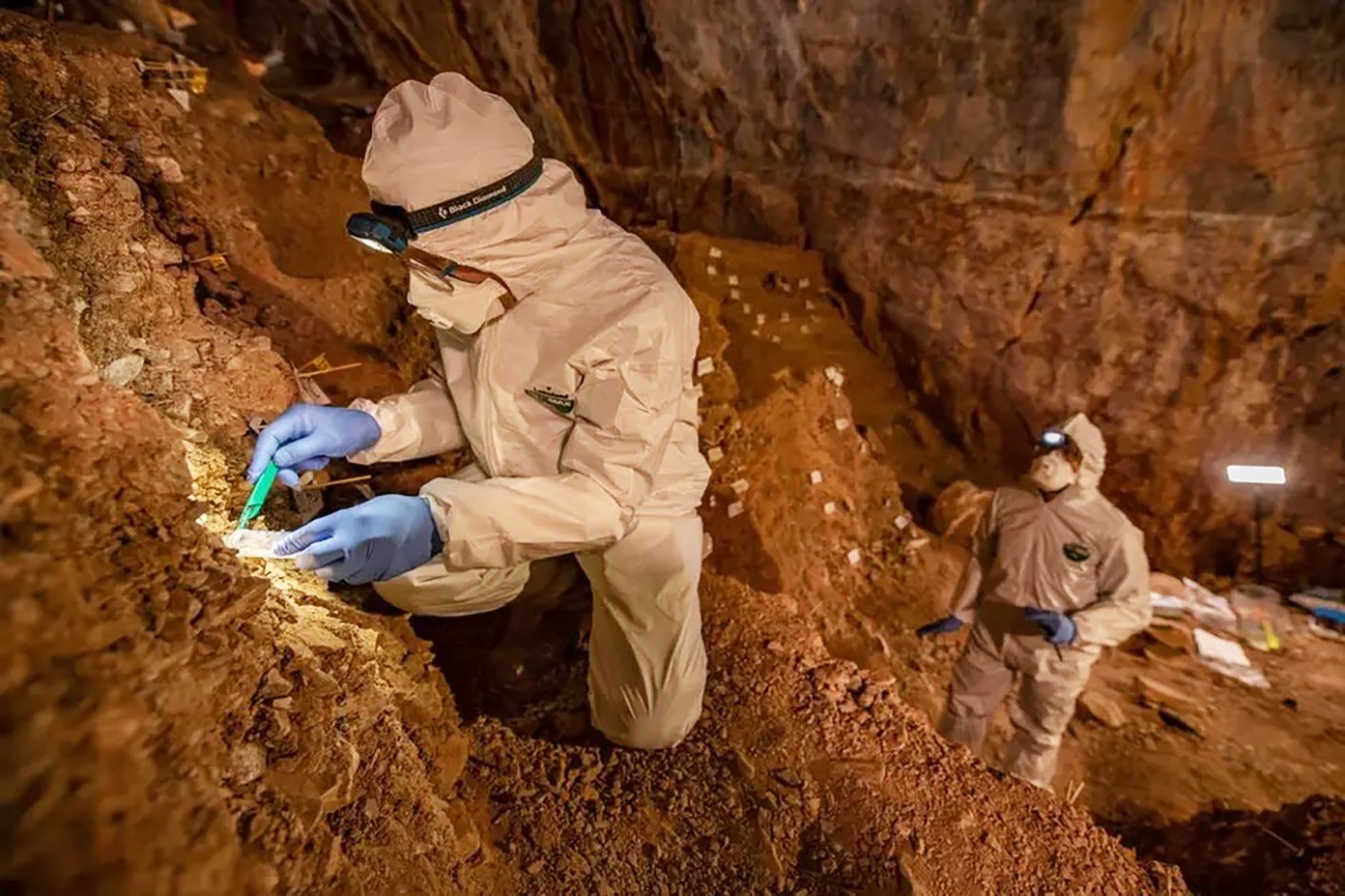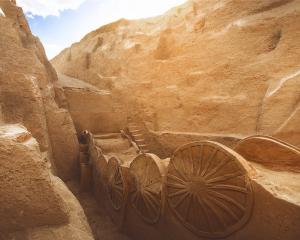
The dangers of sea level change are very much in the news at present, so it is a salutary lesson that 15,000 years ago, so much polar ice was locked up that the sea was about 120m lower than at present. Humans could walk across what is now the English Channel, and you could hike from New Guinea to Tasmania without crossing salt water. However, the Bering Strait was covered with ice, presenting a barrier to human movement between Siberia and Alaska.
What the DNA tells us is that all native Americans are related to East Asians. Archaeologically, we also know that Bluefish Caves in Central Alaska were sporadically visited and stone tools have been found there in association with the bones of reindeer, mammoth and horses with cut marks from butchering. Radiocarbon dates reveal settlement as early as 24,000 BP (before present).

Those first American hunters migrated down the west coast to reach Monte Verde in southern Chile by 15,000 BP, where wooden foundations of huts had walls covered in animal hides. Their footprints have survived and the hunters’ diet included extinct llamas and elephants along with lumps of chewed seaweed.
Archaeology is known for its surprises. The early settlement of the Americas was, it seemed, pinned down to about 15,000 years ago until excavations took place at Chiquihuite Cave in Mexico. Hundreds of stone tools in layers 3m thick have recently been dated to 33,000 BP. That early, the crossing into Alaska would have been boggy but possible, and travel south might well have involved boats along a coastal route. And why not? Humans crossed into Australia across an impressive stretch of ocean at least 17,000 years earlier than that.












